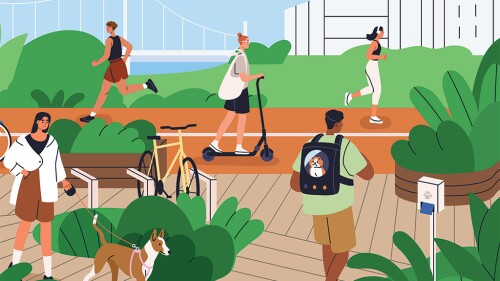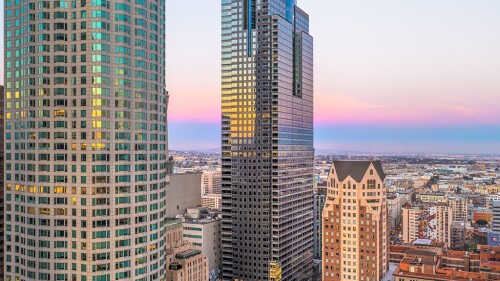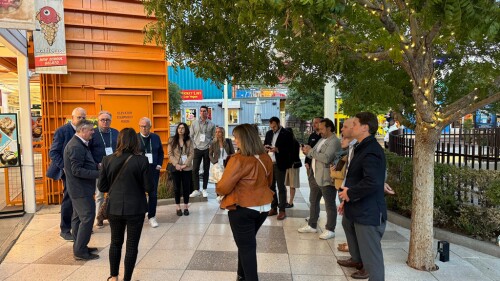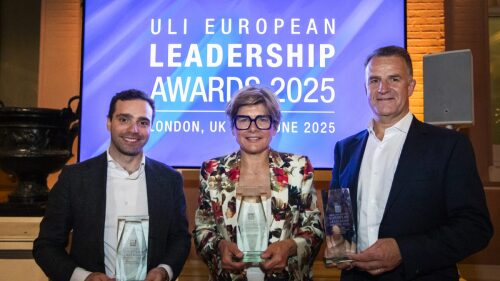Type: Landscape transformation, ecological regeneration, and heritage conservation
Developer: National Parks Board
Owner: National Parks Board
Lead Architect: architects61
Lead Landscape Architect: Henning Larsen
Site Size: 163 acres (66 ha)
Date Opened: November 12, 2022
Date Completed: November 12, 2022
Buildings: 13,939 square feet (1,295 sq m)
Parking Spaces: 80
Open Space: 7,104,180 square feet (660,000 sq m)
Once the site of an abandoned quarry, Singapore’s Rifle Range Nature Park now serves as a buffer zone protecting one of the island nation’s last primary rainforests, Bukit Timah Nature Reserve, from encroaching development and human activity. Located to the reserve’s south, Rifle Range is Singapore’s first net-positive energy nature park, harvesting more energy than its annual operational requirements.
The park exemplifies Singapore’s commitment to its Green Plan 2030, which aims to transform the densely populated city-state into a “City in Nature.” The project demonstrates how thoughtful landscape design can simultaneously protect endangered wildlife, create public recreational spaces, and advance sustainability goals.
Prior to development, a nine-month biodiversity baseline study revealed significant wildlife mortality along Rifle Range Road. In response, designers installed four new types of ecological road crossings to protect endangered animals, including the Sunda pangolin and the Horsfield’s Flying Squirrel, and facilitate their movement toward the Bukit Timah Nature Reserve.
The project team faced numerous challenges, including complex site conditions, steep terrain, and running streams. Besides the difficulty of construction, especially in cliff areas, there was the mandate to preserve sensitive fauna and habitat. To overcome these obstacles, designers employed detailed site surveys assisted by drones, installed continuous barrier-free pathways and rope crossings, and carefully planned construction sequences to minimize environmental impact. The COVID-19 pandemic complicated the construction timeline, but it ultimately proved beneficial by allowing more time for plant growth and habitat creation.
The developer retained 96 percent of mature trees on site and introduced more than 255,000 native plants. These measures not only reduce overall carbon emissions but also help mitigate the urban heat island effect. Solar panels generate more clean energy than the park’s operation requires.
A freshwater wetland created from the backfilled quarry offers a safe habitat for endangered birds and animals, including species previously not found in the area. Onsite water management systems includes new natural drainage features and rain gardens.
Although the primary focus is on conservation, the park balances ecological protection with public access. Multiple walking trails, activity nodes, and a visitors’ pavilion provide opportunities for exercise and learning about nature. Interpretive signage along the trails teaches visitors about local history and biodiversity. The Colugo Deck offers spectacular views from the top of the cliff—one of Singapore’s few untouched geological features.
Since opening, the park has attracted an average of 25,000 monthly visitors, successfully relieving pressure on the adjacent Bukit Timah Nature Reserve while drawing activity to businesses in the surrounding area.
Rifle Range Nature Park earned Platinum certification from the Landscape Excellence Assessment Framework (LEAF) in 2024 and won recognition at the 2023 World Architecture Festival. The park demonstrates how thoughtful landscape design can make possible a harmonious relationship between humans and nature even in a densely populated city.
The park was a winner of the 2024 ULI Asia Pacific Awards for Excellence and a finalist in ULI’s Global Awards for Excellence.








